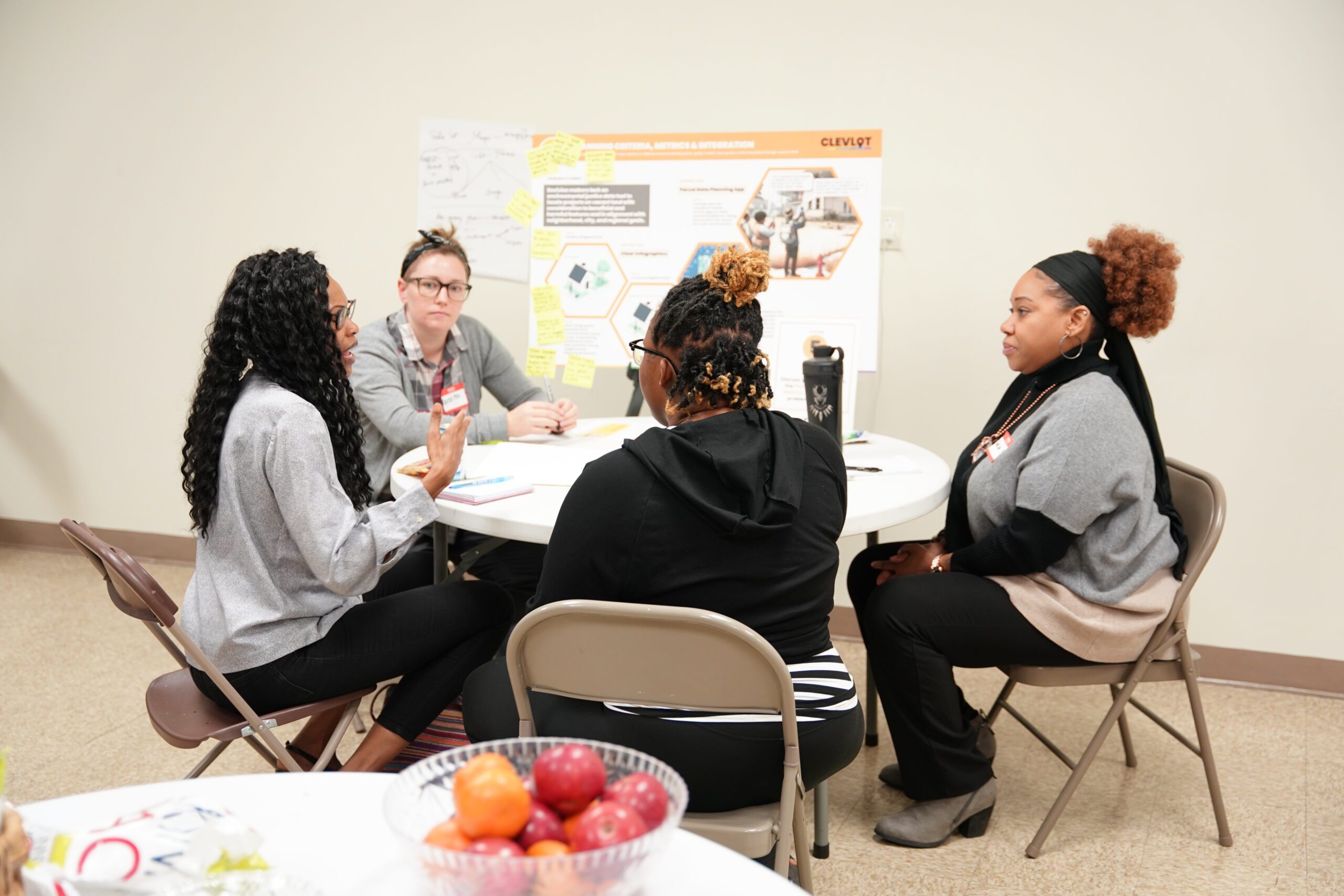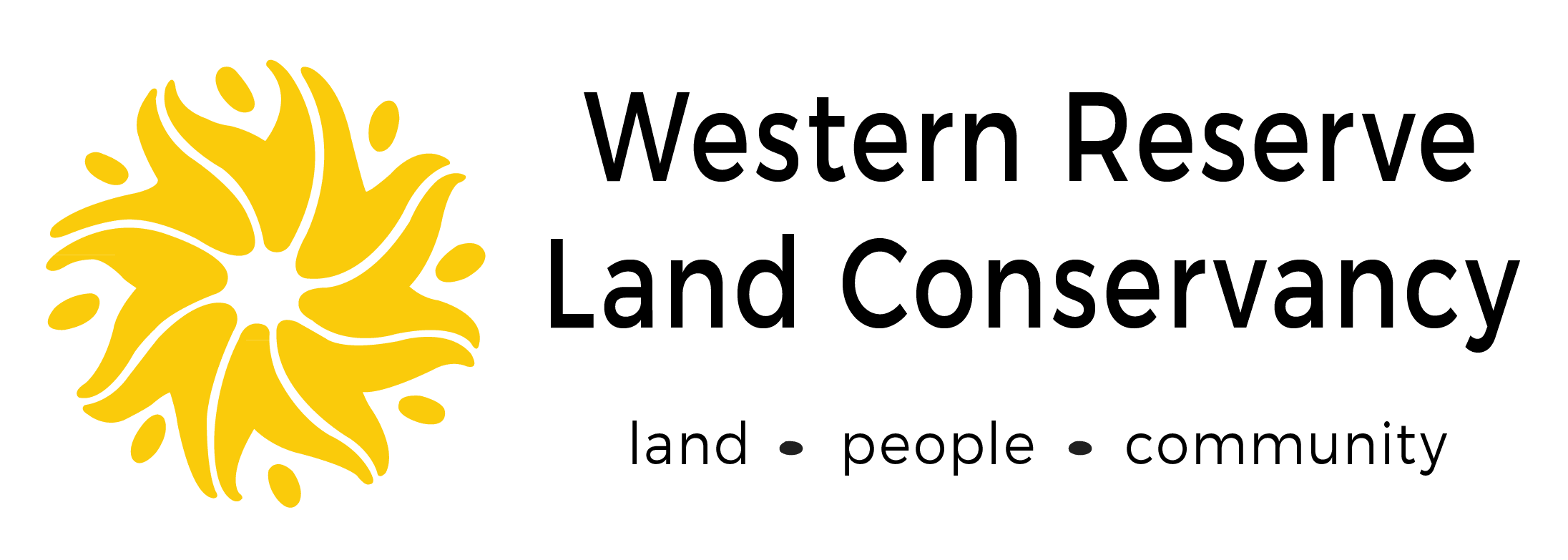
CLEVLOT: Demystifying Vacant Land Reuse in Cleveland Neighborhoods
Clevelanders are likely all too familiar with the significant amount of vacant land that dots the city. Those unused lots aren’t just an eyesore for local communities; they attract litter and crime, along with costing the city additional money for upkeep. Out of Cleveland’s total 167,000 parcels, 33,000 sit vacant. Altogether, the vacant parcels amount to 14.7 square miles — equivalent to the combined areas of Cleveland Heights and Shaker Heights.
Of those 33,000 vacant parcels, 18,000 parcels are owned by the city through the Cleveland Land Bank. But it hasn’t been easy for residents to acquire vacant parcels in their neighborhoods. From trying to find more information on available lots to filling out complex application forms, the process has more closely resembled a maze than a clear path from point A to point B.
The Cleveland Vacant Land Opportunity Tool — better known as CLEVLOT — was a two-year project meant to make it easier for people to reuse vacant land in Cleveland. The goal was to shift the process of buying or leasing vacant land from reactive to proactive; instead of requiring applicants to decipher each step of the Land Bank’s vacant land reuse process for themselves, CLEVLOT has worked to provide easy access to necessary information every step of the way. It was made possible by the Environmental Justice Collaborative Problem-Solving Cooperative Agreement Program through the U.S. Environmental Protection Agency, which was awarded to Western Reserve Land Conservancy.
Focusing on six southeast-side neighborhoods within a 12 square mile area that contains approximately 20% of the Cleveland Land Bank’s inventory, CLEVLOT started in February 2022 by convening with community members, land use experts and city officials to understand common pain points in the Land Bank’s process. From there, two stakeholder meetings worked to identify these specific problems. Stakeholders then formed four working groups that focused on different aspects of the vacant land reuse process.
Working groups met periodically over the course of six months to create prototype proposals to address issues, working towards changes like long term support systems for those who have purchased vacant land or enhanced transparency for applicants throughout the entire Land Bank process.
Simultaneously, CLEVLOT also held events in different neighborhoods to hear from residents and get ideas. Community voices brought unique perspectives on topics like potential for artist uses of vacant lots and determining how to prioritize lot reuse.
A showcase was held in November 2023 to share the project’s progress, and in December 2023 the CLEVLOT team presented their findings in a public forum at Cleveland State University.
Major reforms to the Land Bank’s process start with a one-stop shop website where people will be able to find and apply for a lot, then track their application’s progress. A new pricing model has also been created based on fair market value; for more information, visit the Cleveland Land Bank website.
The Land Conservancy is also helping the City rework its policies and procedures to align with community desires, along with publishing FAQs to answer questions about Cleveland Land Bank policies and procedures, mapping stewardship sites, compiling toolkits to help create plans for your parcel, and creating a directory of valuable resources to help anyone easily navigate the process from start to finish.
Now, it’s an ongoing process to continue implementing these changes. Following CLEVLOT’s conclusion in February 2024, the Land Conservancy has continued to work with the City of Cleveland to assist with a smooth transition. As vacant land is reused and revitalized throughout the city to create valuable community spaces, residents will start to feel the benefits of CLEVLOT for themselves.
